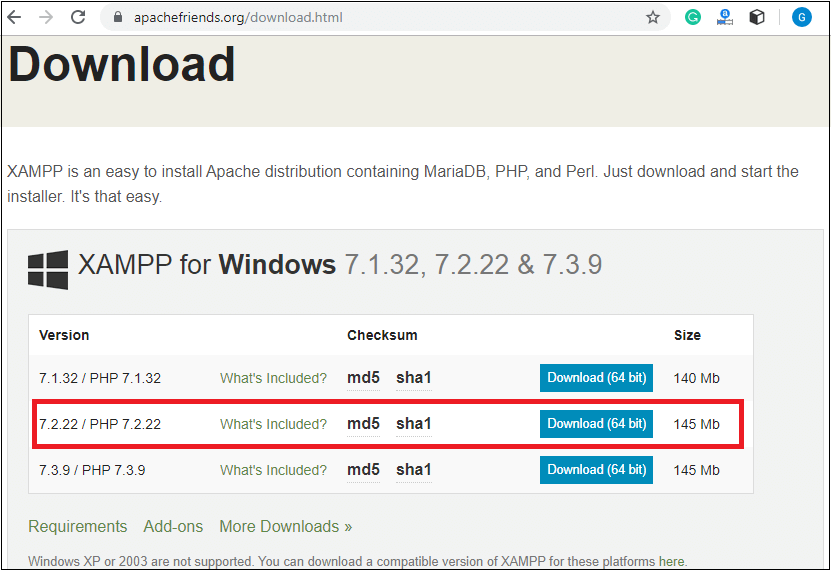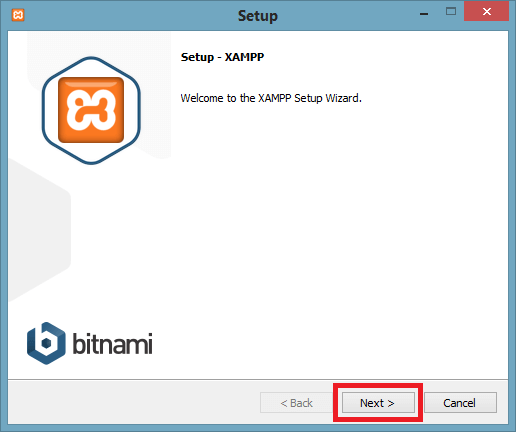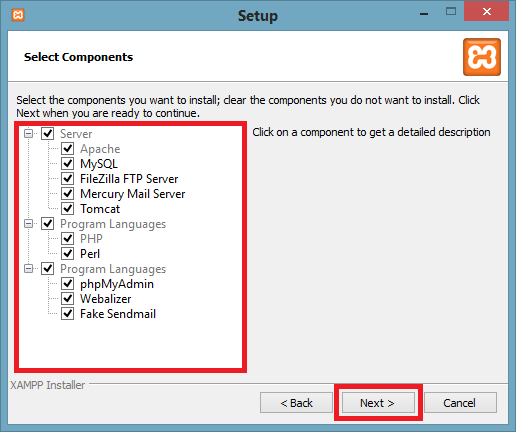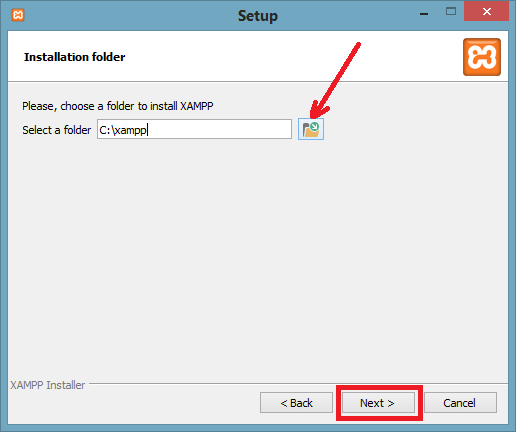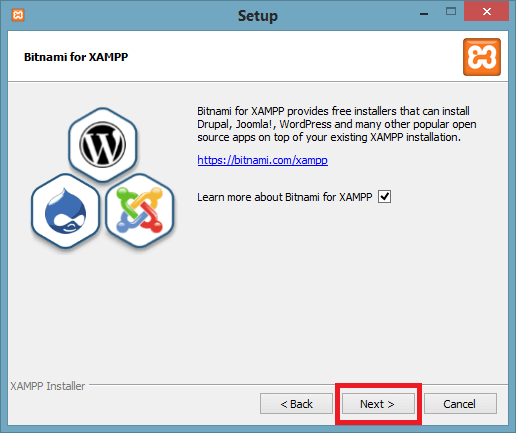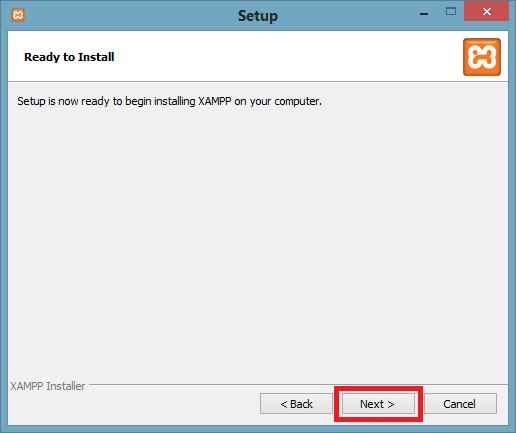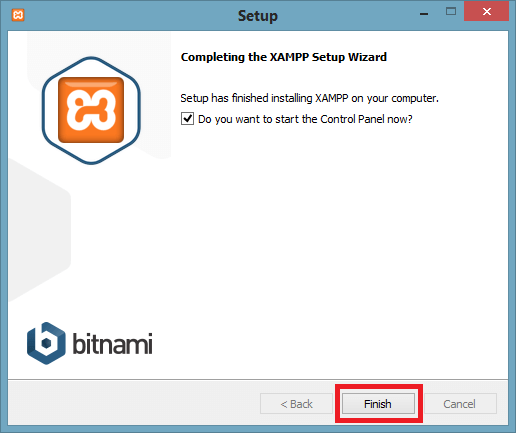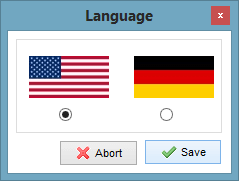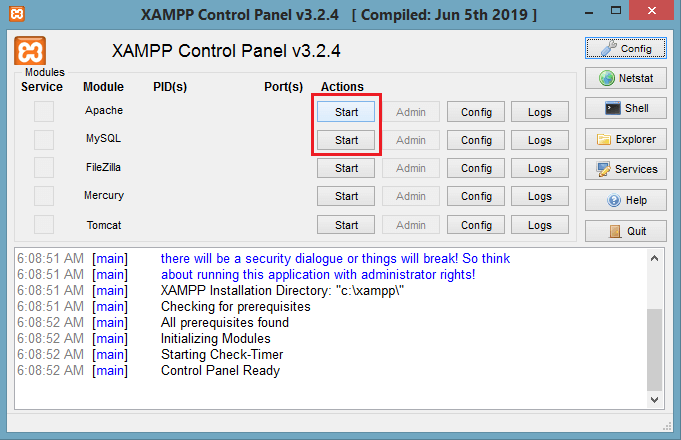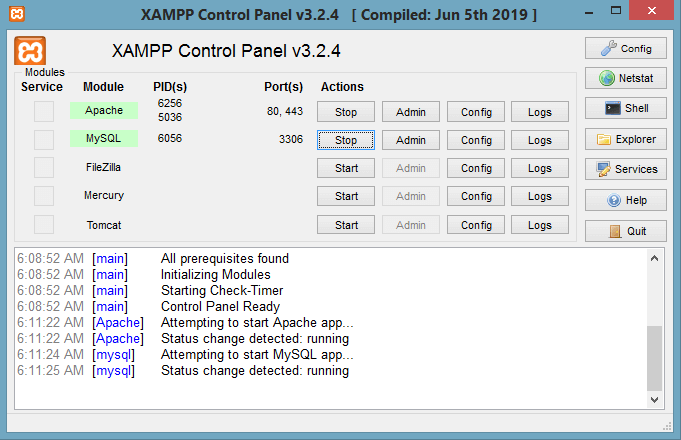PHP Tutorial
- PHP Tutorial
- Install PHP
- PHP Code
- PHP Echo and print
- PHP Variable
- PHP Variable Scope
- PHP $ and $$
- PHP Constants
- PHP Data Types
- PHP Operators
- PHP Comments
Control Statement
- PHP If else
- PHP Switch
- PHP For Loop
- PHP foreach loop
- PHP While Loop
- PHP Do While Loop
- PHP Break
- PHP Continue
PHP Functions
- PHP Functions
- Parameterized Function
- PHP Call By Value and reference
- PHP Default Arguments
- PHP Variable Arguments
- PHP Recursive Function
PHP Arrays
PHP Strings
PHP Math
PHP Form
PHP Include
State Management
PHP File
Upload Download
PHP OOPs Concepts
- OOPs Concepts
- OOPs Abstract Class
- OOPs Abstraction
- OOPs Access Specifiers
- OOPs Const Keyword
- OOPs Constructor and destructor
- Encapsulation
- Final Keyword
- OOPs Functions
- OOPs Inheritance
- OOPs Interface
- OOPs Overloading
- OOPs Type Hinting
PHP MySQLi
- MySQLi CONNECT
- MySQLi CREATE DB
- MySQLi CREATE Table
- MySQLi INSERT
- MySQLi UPDATE
- MySQLi DELETE
- MySQLi SELECT
- MySQLi Order by
PHP Topics
- Compound Types
- is_null() Function
- Special Types
- Inheritance Task
- Special Types
- MVC Architecture
- PHP vs. JavaScript
- PHP vs. HTML
- PHP vs. Node.js
- PHP vs Python
- PHP PDO
- Top 10 PHP frameworks
- phpMyAdmin
- Count All Array Elements
- Create Newline
- Get Current Page URL
PHP Mail
PHP function is a piece of code that can be reused many times. It can take input as argument list and return value. There are thousands of built-in functions in PHP.
In PHP, we can define Conditional function, Function within Function and Recursive function also.
Advantage of PHP Functions
Code Reusability: PHP functions are defined only once and can be invoked many times, like in other programming languages.
Less Code: It saves a lot of code because you don’t need to write the logic many times. By the use of function, you can write the logic only once and reuse it.
Easy to understand: PHP functions separate the programming logic. So it is easier to understand the flow of the application because every logic is divided in the form of functions.
PHP User-defined Functions
We can declare and call user-defined functions easily. Let’s see the syntax to declare user-defined functions.
Syntax
function functionname(){
//code to be executed
}
Note: Function name must be start with letter and underscore only like other labels in PHP. It can’t be start with numbers or special symbols.
PHP Functions Example
<?php
function sayHello(){
echo "Hello PHP Function";
}
sayHello();//calling function
?>
Output:Hello PHP Function
PHP Function Arguments
We can pass the information in PHP function through arguments which is separated by comma.
PHP supports Call by Value (default), Call by Reference, Default argument values and Variable-length argument list.
<?php
function sayHello($name){
echo "Hello $name<br/>";
}
sayHello("Sonoo");
sayHello("Vimal");
sayHello("John");
?>
Output:
Hello Sonoo Hello Vimal Hello John
<?php
function sayHello($name,$age){
echo "Hello $name, you are $age years old<br/>";
}
sayHello("Sonoo",27);
sayHello("Vimal",29);
sayHello("John",23);
?>
Output:
Hello Sonoo, you are 27 years old Hello Vimal, you are 29 years old Hello John, you are 23 years old
PHP Call By Reference
Value passed to the function doesn’t modify the actual value by default (call by value). But we can do so by passing value as a reference.
By default, value passed to the function is call by value. To pass value as a reference, you need to use ampersand (&) symbol before the argument name.
<?php
function adder(&$str2)
{
$str2 .= 'Call By Reference';
}
$str = 'Hello ';
adder($str);
echo $str;
?>
Output:
Hello Call By Reference
PHP Function: Default Argument Value
We can specify a default argument value in function. While calling PHP function if you don’t specify any argument, it will take the default argument. Let’s see a simple example of using default argument value in PHP function.File: functiondefaultarg.php
<?php
function sayHello($name="Sonoo"){
echo "Hello $name<br/>";
}
sayHello("Rajesh");
sayHello();//passing no value
sayHello("John");
?>
Output:
Hello Rajesh Hello Sonoo Hello John
PHP Function: Returning Value
Let’s see an example of PHP function that returns value.File: functiondefaultarg.php
<?php
function cube($n){
return $n*$n*$n;
}
echo "Cube of 3 is: ".cube(3);
?>
Output:
Cube of 3 is: 27

